In 2016, the most popular virtual reality VR, after igniting the movie, game and entertainment industries, was finally extended to the practical field of VR simulation, which is to use VR simulation real technology to let the driving students simulate the real thing. Learn the car.
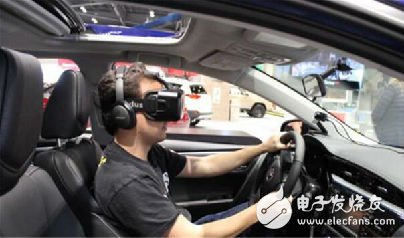
In fact, before VR, analog driving was not a new word in the driving industry, but the traditional simulated driving provided by the rough simulation driving experience (simple steering wheel and gear operation, plus the child-level driving animation vision), let Simulated driving has always been a ribbed link in the industry. Until the advent of the realistic virtual reality technology VR, it was finally possible to let the analog real learning car begin to change the industry model.
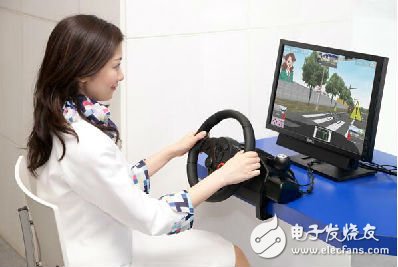
In 2015, Toyota teamed up with Oculus Rift to launch the TeenDrive365 system. The experiencer can simply sit in the cockpit and wear a VR helmet to simulate various road conditions during driving, complemented by a realistic sound system that allows the driver to have a real mess. a feeling of. Also at last year's Consumer Electronics Show in Berlin, the combination of Samsung Gear VR and i3 provided the virtual reality test drive experience for the experience.
Of course, there are some differences between virtual test driving and simulated driving training. What VR learning cars need to focus on is the ability to simulate the driving of real driving, the visibility of road conditions and the sense of car driving, and the practical driving training system and the real driving test. As a result, X-MOTION, a well-known domestic technology brand, has also begun to combine its driving simulator with the Oculus Rift to meet the driving learning needs of VR learning cars.
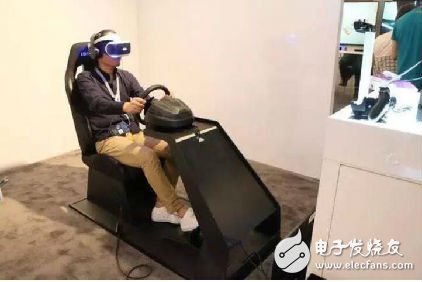
The so-called VR learning car, its core two devices are driving simulator and VR equipment. As the best head-mounted device in the VR market, the Oculus CV1 has been able to provide users with a relatively better experience in visual immersion. Therefore, the domestic related hardware industry wants to seize the VR learning car market and have to work hard on the driving simulator.
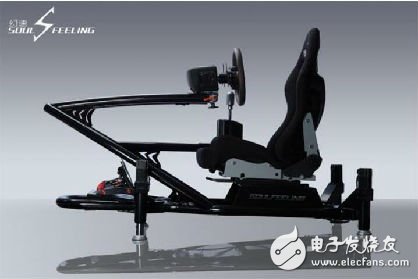
In terms of driving simulators, X-MOTION has the most say. The team's magic speed racing simulator has always been at the forefront of somatosensory technology, and the real car's fine body feel is simulated to the extreme. The driver can not only drive all the real driving, such as steering wheel, gear shift, stepping clutch, and throttle brake. Operation, the biggest highlight of the Magic Racing Simulator is the seamless integration of hardware and software. The different road conditions in the driving software can be reacted to the external four-axis electric cylinder base through precise force feedback. The electric cylinder is then accurately Tilting up and down, left and right, etc., so that the driver can feel the real driving experience of the car acceleration, impact, bumps and the clutch is in a semi-clutch state when the slope starts.

For the momentum of the VR learning car that is beginning to take shape on the market, industry insiders say that if the VR simulation driving product is really successful, it will definitely have a considerable change in the traditional driving training industry. Realistic driving can not only help the driving school to reduce the cost of coaching, car loss, safety risk, etc. For the students, effective simulation driving training also saves the time and labor cost of going out to practice, and most importantly, It is definitely a win-win choice for trainees to complete driving training with more efficiency, high quality and low cost through VR simulation driving.

It is reported that in order to solve the problem of traditional driving school, the X-MOTION team has researched more professional solutions for the VR driving simulator, such as targeted driving subject courses, synchronous driving instruction, and field customization. It has also been recognized by many professionals in the driving industry. It is also believed that the future of the VR learning model will soon begin to penetrate the industry and cause subversive effects.
Tee is the connecting piece of pipe fittings and pipes. Tee is usually used in the branches of main pipe. It includes straight tee and reducing tee. The pipe end of straight tee has same size. The main pipe of reducing tee has same size, but the size of branch pipe is smaller than the main pipe.
Standards:ASME B16.9-2007,ASME B16.25-2007,ASME B16.5-2007,EN10253-1-1999 EN10253-2-2007 EN10253-3-2008 EN10253-4-2008
DIN2605-1-1992 DIN2605-2-1995,JIS B2311-2009 JIS B2312-2009 JIS B2313-2009,GB/T12459-2005 GB/T13401-2005 GB/T10752-2005SH/T3408-1996 SH/T3409-1996,SY/T0609-2006 SY/T0518-2002 SY/T0510-1998 ,DL/T695-1999 GD2000 GD87-1101,HG/T21635-1987 HG/T21631-1990
SIZE
seamless size: 1/2"~24"(DN15~DN600)
welding size: 4"~78" DN150~DN1900
Wall Thickness:sch10, sch20, sch30, std, sch40, sch60, xs, sch80, sch100, sch120, sch140, sch160, xxs, sch5s, sch20s, sch40s, sch80s
Materials:
carbon steel: ASTM/ASME A234 WPB-WPC
alloy steel: ASTM/ASME A234 WP 1-WP 12-WP 11-WP 22-WP 5-WP 91-WP 911stainless steel: ASTM/ASME A403 WP 304-304L-304H-304LN-304N
ASTM/ASME A403 WP 316-316L-316H-316LN-316N-316Ti
ASTM/ASME A403 WP 321-321H ASTM/ASME A403 WP 347-347H
Low-temperature steel: ASTM/ASME A402 WPL 3-WPL 6
High performance: ASTM/ASME A860 WPHY 42-46-52-60-65-70
Industrial processes:bending,squeezing,pressing,forging,machining and more
Applications:Our pipe Tees are widely used in many industries,such as petroleum,power generation,natural gas, chemicals, shipbuilding, papermaking and metallurgy,and so on.
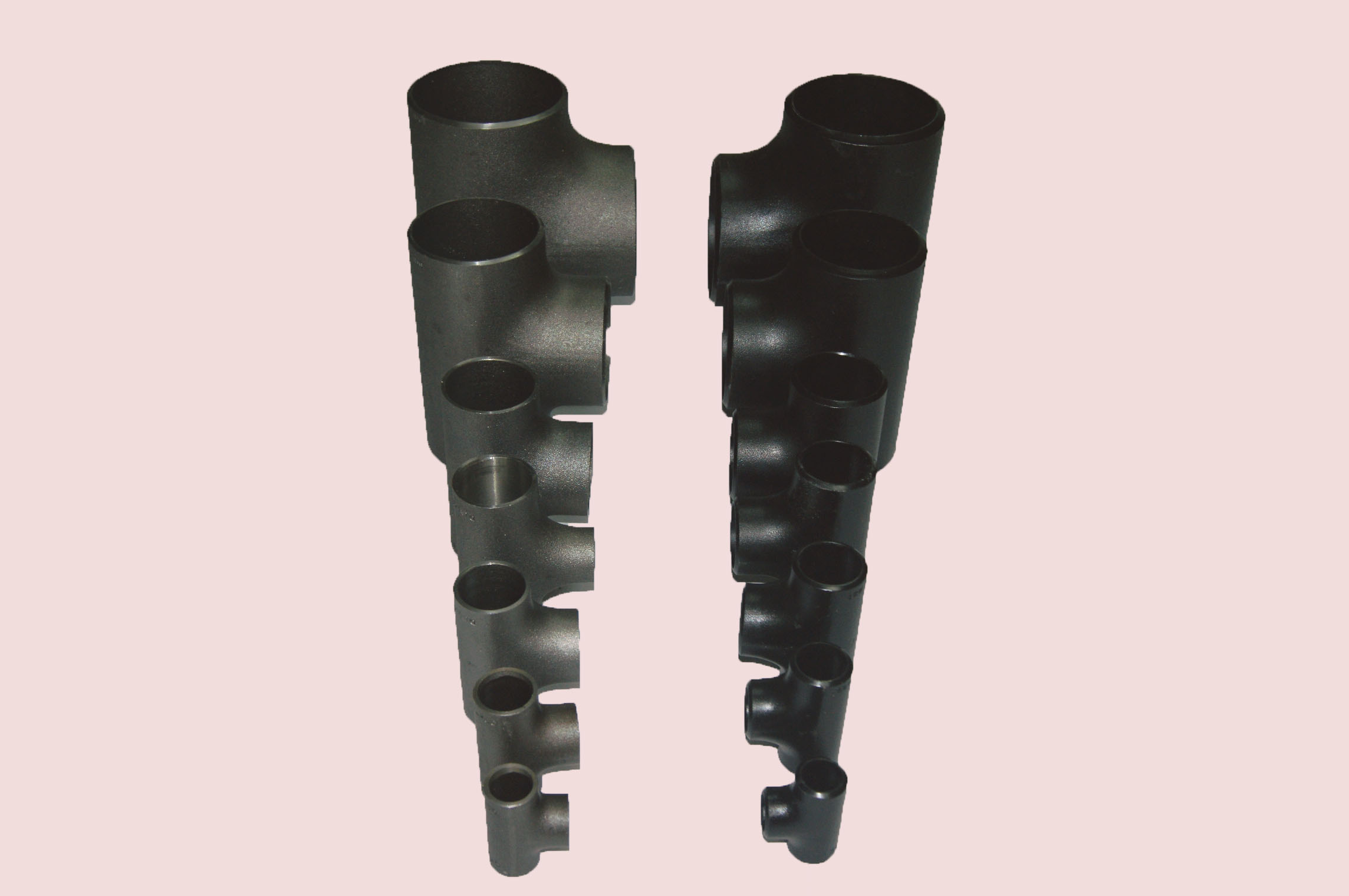
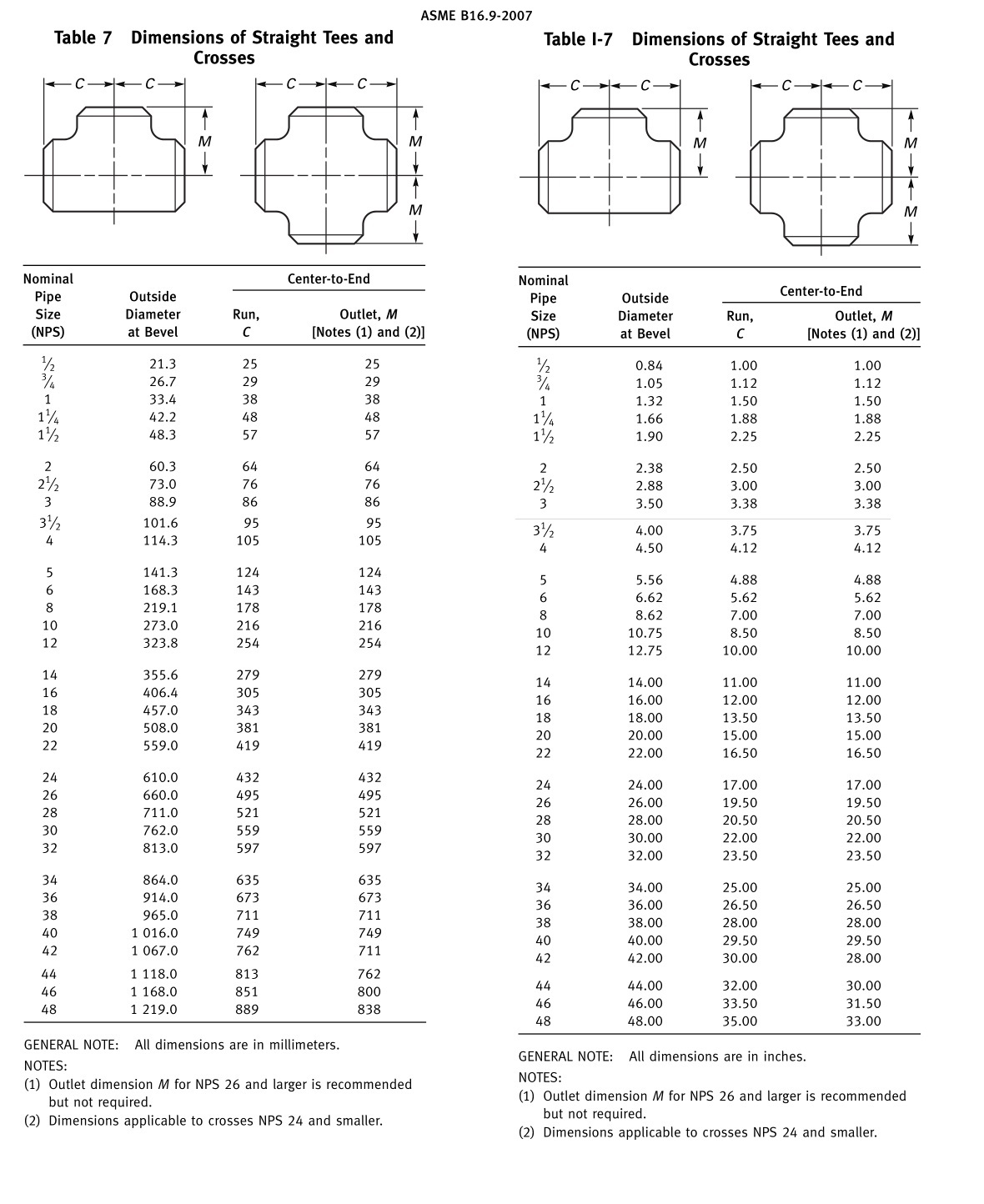
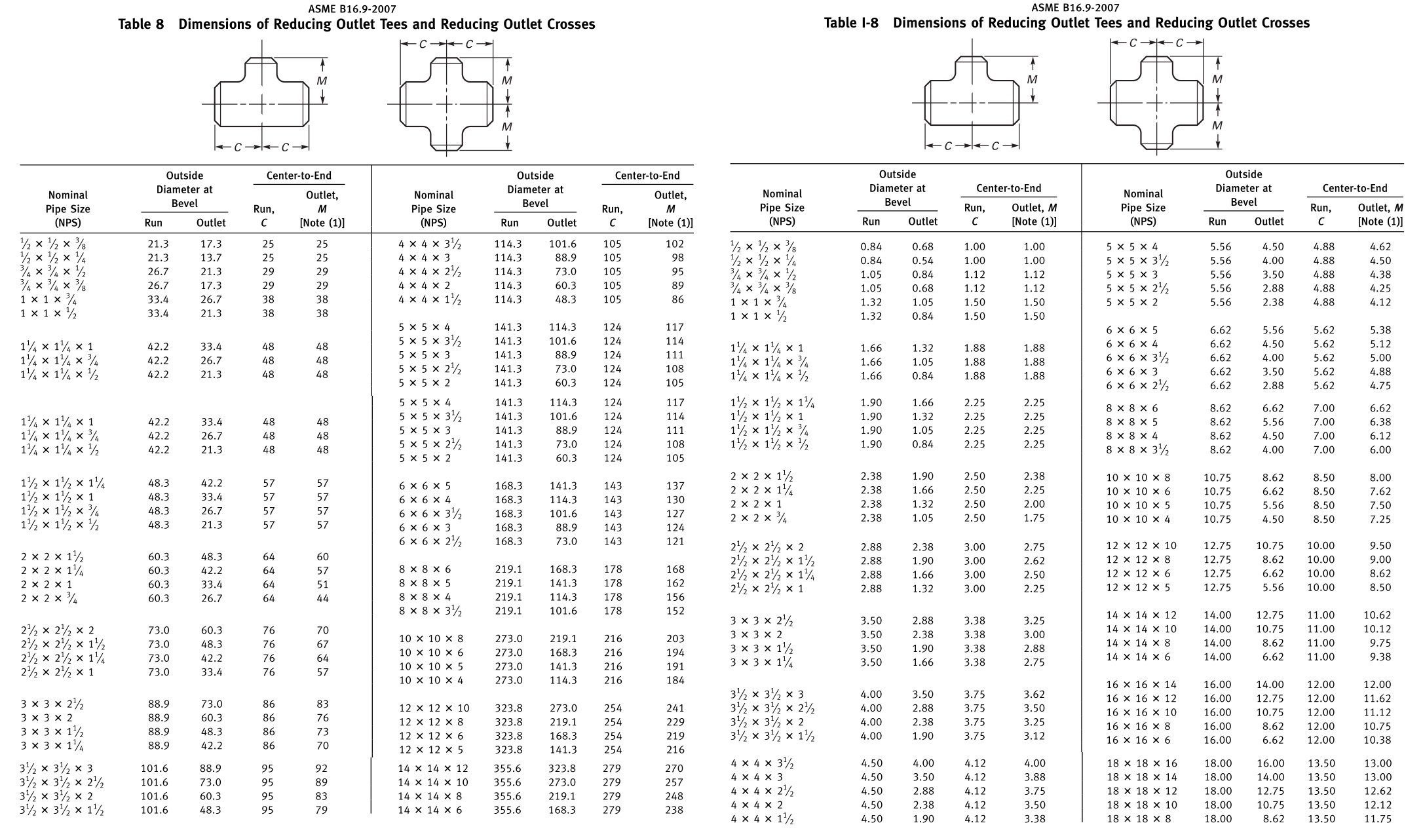
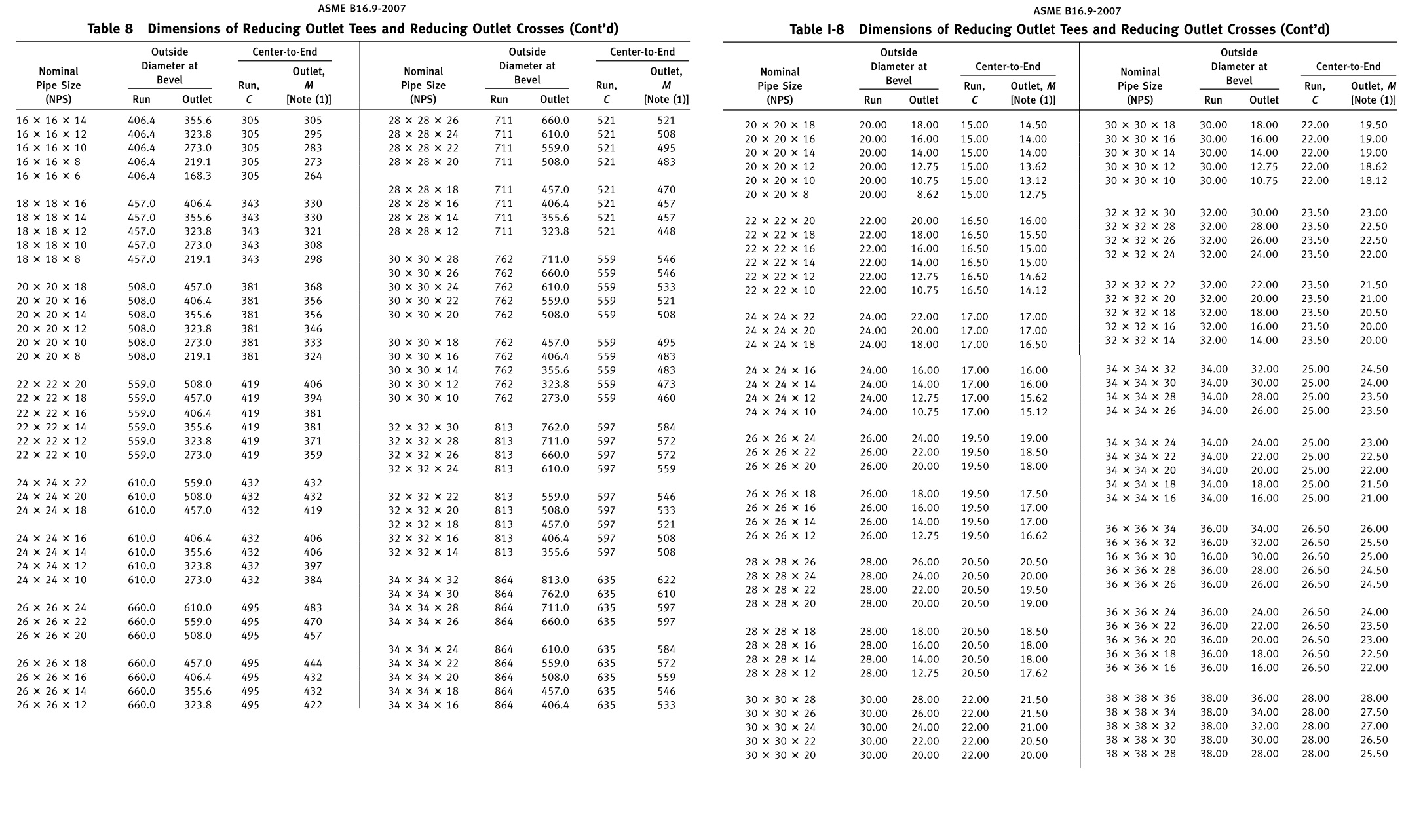
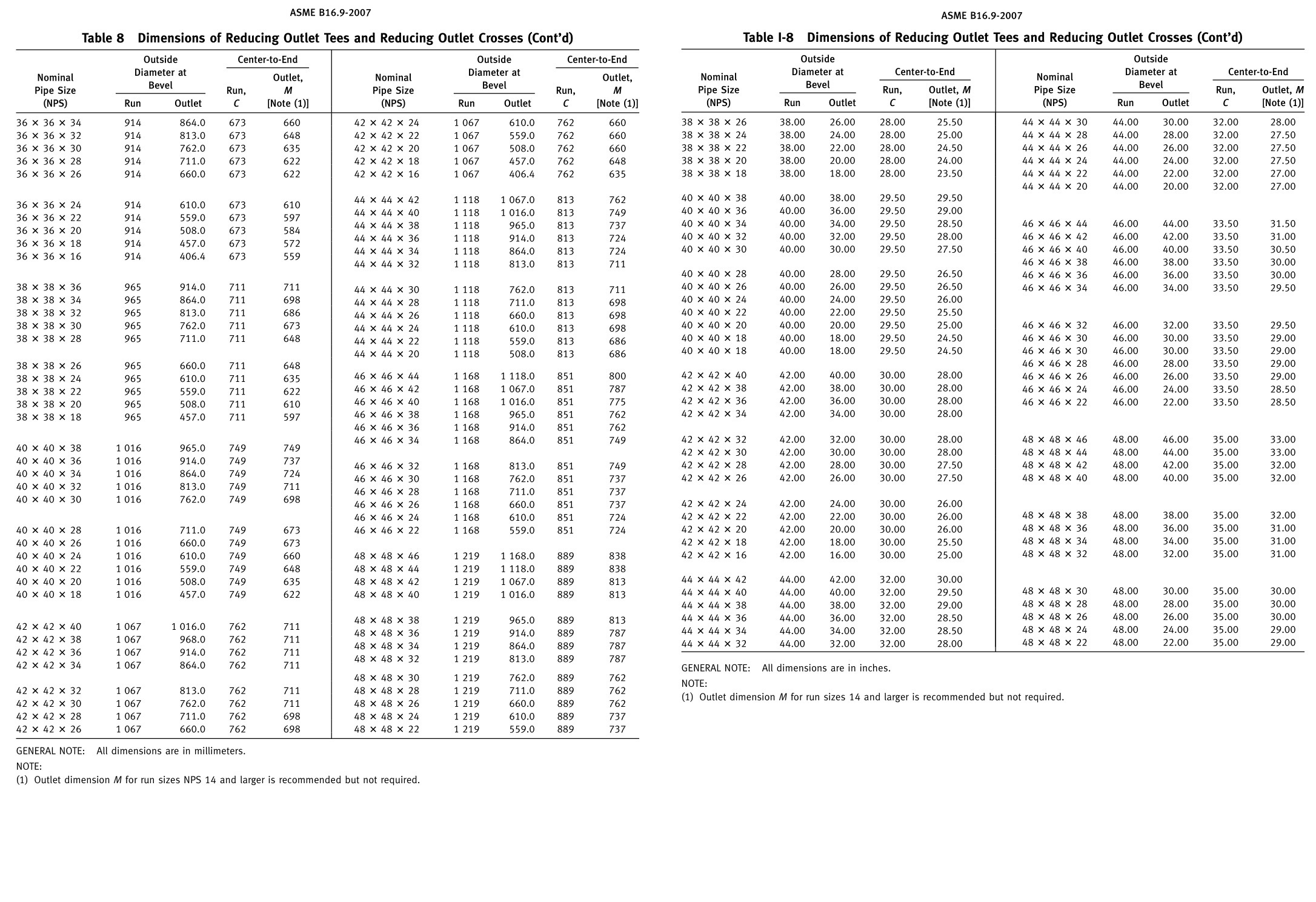
Steel Tees,Carbon Steel Tee,Seamless Pipe Tees,Reducing Tee
HEBEI ZIFENG NEW ENERGY TECHNOLOGY CO.,LTD. , https://www.zifengpipeline.com